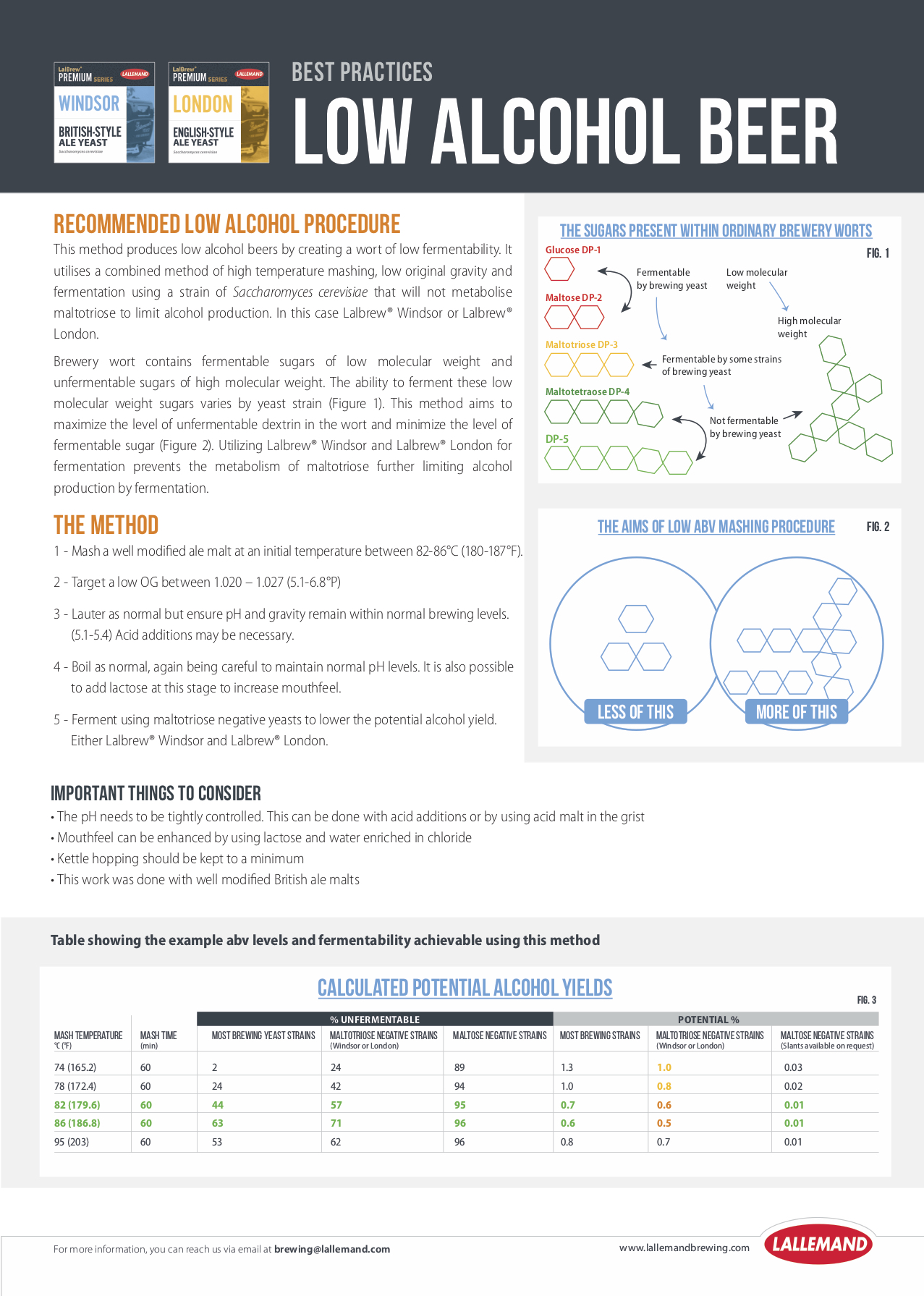Just tasted the wort after 2 days fermenting. It's down to 1.010 from 1.017, or just under 1% ABV. The aroma is interestingly malty, or maybe I should say grainy, with a toffee component. The flavors I'm picking up are stronger than the original sweet wort, strangely enough. It may not be bitter enough though at 10 IBU. But it's not "piss water" (pardon the term), at least not yet.
YOu may want to dry hop. My first test batches all got infected. But before they did, the hop was pretty light. I have since tossed my Mr Beer fermenters - while cheap and pretty ideal for split batches, they are hard to sanitize. At least for me.
I have a 1/2 Vienna 1/2 munich with OG 1012 going right now with 34/70 lager yeast. Just 'cuz.
Throw out a topic for discussion. For the cold mash, I am of the opinion it really only makes sense if
1) tastes pretty good
2) Has an OG close to 1010
I write this because I already know how to get a decent drinking
1020 beer, and there are loads of 1030 beers. In fact, if you don't know about this most excellent
Sub 1.030 beers thread, you should check it out.
Secondly, doing the cold mash uses a lot of grain unless you do a second running with added enzymes. While my first tests got infected, the 2nd running I did with 1# 6-row came out as a decent, drinkable table beer. Practically speaking, I don't necessarily want to do a second mash and batch every time.
As a different approach, I've got the grains and culturing the Windsor to do a trial with Lallemond's hot mashing technique. See how that works for a low gravity beer.
So, interested in other opinions, but seems to me cold mashing is not overly efficient or superior tasting for a 1020 beer. thoughts?








![Craft A Brew - Safale BE-256 Yeast - Fermentis - Belgian Ale Dry Yeast - For Belgian & Strong Ales - Ingredients for Home Brewing - Beer Making Supplies - [3 Pack]](https://m.media-amazon.com/images/I/51bcKEwQmWL._SL500_.jpg)










































